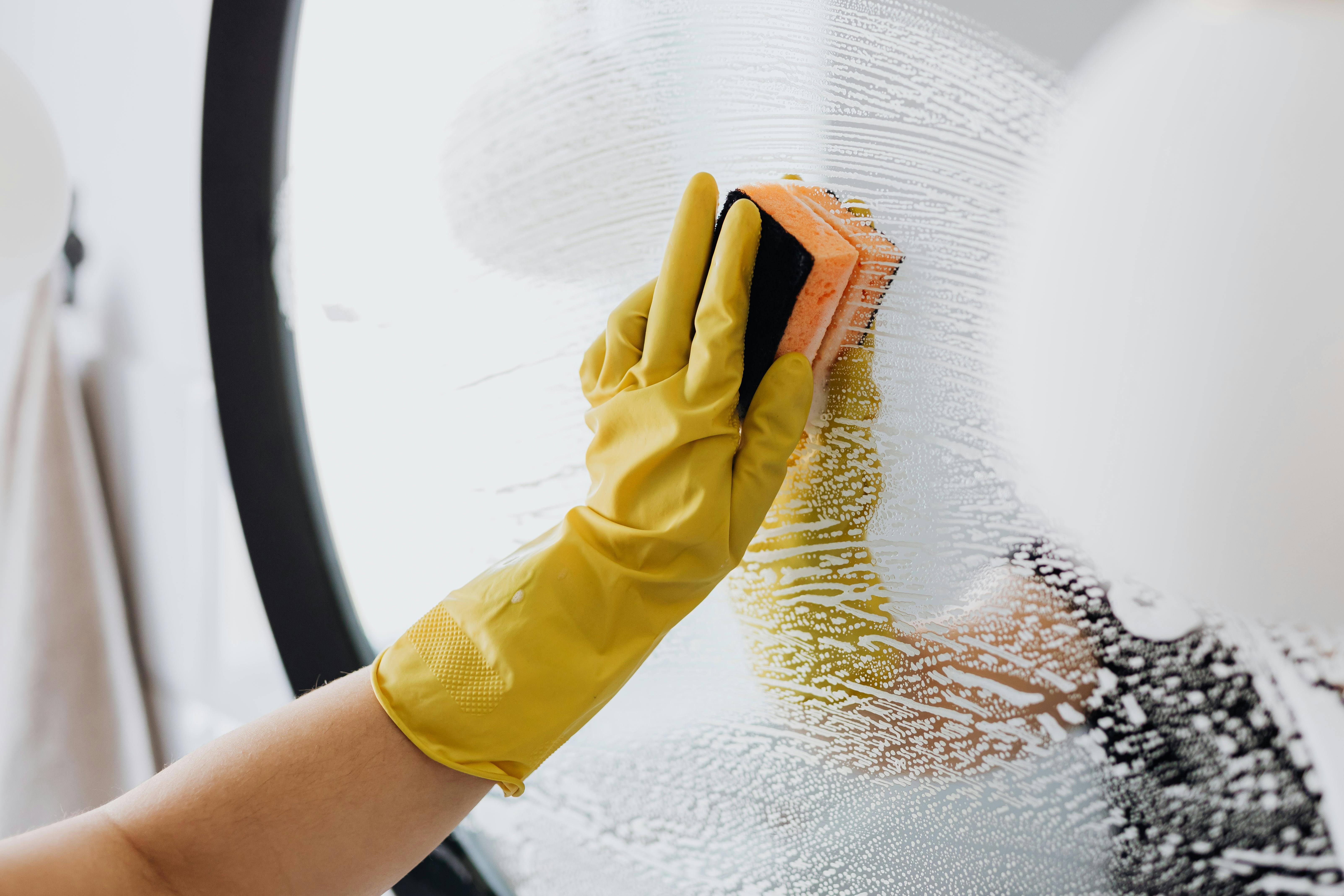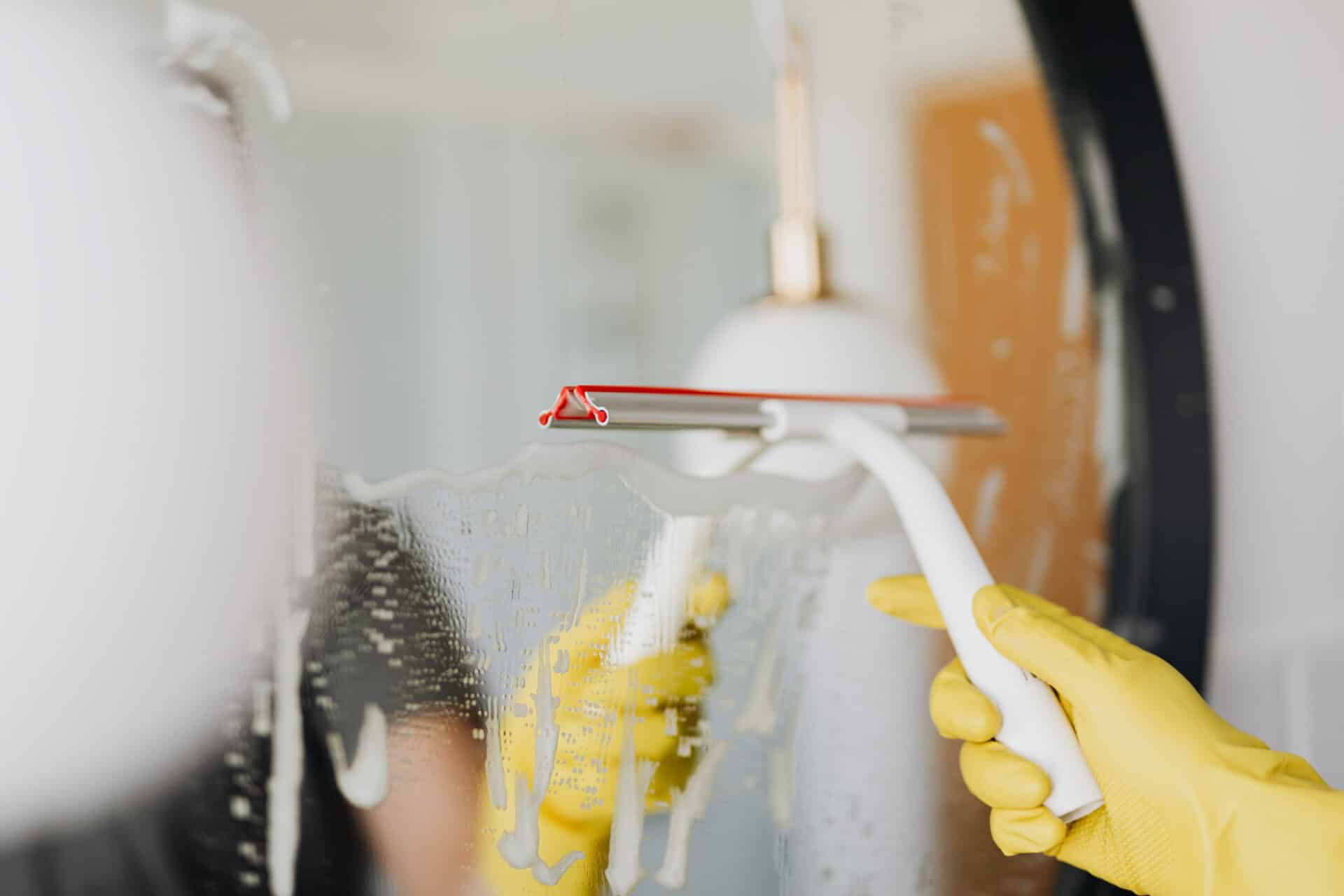Do water distillers remove fluoride? It is a common question among those seeking to improve the quality of their drinking water. The short answer is yes, but there are some important considerations to keep in mind before using a water distiller to remove fluoride from your drinking water. In this article, we will discuss the basics of water distillation and the effectiveness of this method in removing fluoride from drinking water.Water distillation is a process that involves heating water to its boiling point and then collecting the steam that is created. The steam is then condensed back into liquid form, which removes any impurities or contaminants from the water. This process of purifying water has been used for centuries to provide clean drinking water.
Does Water Distillation Remove Fluoride?
Water distillation is a process that involves boiling water and collecting the steam, which is then condensed back into liquid form. This method of purification yields clean and pure water, as it removes most contaminants, including bacteria and heavy metals. But does it also remove fluoride? The answer is yes.
Water distillation removes fluoride from water because the process separates the water molecules from other substances that may be present in the liquid. During the boiling process, the heavier molecules are left behind whereas the lighter ones evaporate and become steam. Because fluoride has a higher molecular weight than hydrogen and oxygen (the two main components of water), it stays behind while the steam is collected.
Once the condensed steam is cooled, it becomes purified water with very low levels of fluoride. This means that distilling your own drinking water can help reduce your exposure to fluoride and other contaminants that may be present in tap or well water. However, it’s important to note that distilled water alone does not provide any trace minerals or beneficial electrolytes, so it should not be used as a sole source of drinking water.
Overall, if you’re looking for an effective way to remove fluoride from your drinking water, then using a home distiller is definitely worth considering. This method can help you get clean and pure drinking water without any of the potentially harmful contaminants found in tap or well water.
Is Fluoride a Concern in Drinking Water?
Fluoride is a mineral commonly found in drinking water that can help prevent cavities. Many communities across the United States add it to their water supply as part of their public health programs. While fluoride is beneficial for dental health, some people are concerned about its potential risks.
Excessive intake of fluoride can cause health problems, including skeletal fluorosis which affects the bones and joints. Too much fluoride can also discolor teeth, a condition known as dental fluorosis. Higher levels of fluoride in drinking water can also lead to reduced IQ in children.
The Environmental Protection Agency (EPA) regulates the levels of fluoride allowed in public drinking water supplies. The EPA has set the maximum contaminant level (MCL) for fluoride at 4 parts per million (ppm). This means that public water systems must not exceed an average of 4 ppm over a running annual average or have any single sample with more than 10 ppm of fluoride.
It is important to note that some private wells may contain higher levels of fluoride than what’s considered safe by the EPA and other organizations like the World Health Organization (WHO). If you get your drinking water from a private well, have it tested regularly to make sure it meets safety guidelines. You may also want to consider installing filtration systems or other methods to reduce excessive levels of fluoride if needed.
Overall, while there are potential risks associated with too much fluoride in drinking water, there are also many benefits when it is kept within safe limits. It is important to be aware of how much fluoride is in your drinking water and take steps to ensure it remains within safe levels as recommended by organizations like the EPA and WHO.
Process of Water Distillation
Water distillation is a process where water is heated and evaporated, and then condensed back into liquid form. The process involves boiling the water until it turns into steam, which is then collected and cooled back into liquid form. This process helps to purify the water by removing impurities such as bacteria, viruses, and chemicals from the liquid. It also provides a way to desalinate seawater, making it more drinkable and usable for different purposes.
The distillation process begins by heating the water in a special container. The heat causes the molecules in the water to move faster and eventually become vaporized steam. This steam is then collected in another container that has been cooled down so that it can condense back into liquid form. As it condenses, any impurities that were present in the original liquid are left behind as they are too large to be vaporized.
Once all of the steam has been collected, it is cooled down further so that it can turn back into liquid form again. This purified water can then be used for various purposes such as drinking or for agricultural purposes. Distillation is an effective way to purify water because it removes any impurities that are present in the original liquid without changing its chemical composition.
Overall, distillation is an important process for purifying water and making it safe for consumption or other uses. It works by evaporating the water until only pure steam remains, which is then collected and condensed back into a clean liquid form free from any harmful contaminants or impurities.
The Benefits of Distilling Drinking Water
Distilled water is a process of purifying water by removing impurities, contaminants, and other undesired elements. This method of purification has numerous advantages that make it an ideal choice for many households and businesses. The benefits of distilling drinking water include:
Improved Taste & Odor: Distillation removes unpleasant tastes and odors from drinking water. This makes the water more pleasant to drink and can improve the overall taste of food and beverages when used in cooking or preparation.
Enhanced Safety: By eliminating contaminants, distillation helps to ensure that the water you drink is free from harmful bacteria and parasites. This can protect you from potential health risks associated with drinking contaminated water.
Cost Savings: Distillation systems are relatively inexpensive compared to other methods of filtration such as reverse osmosis or activated carbon filtration. By using a distillation system, you can save money on purchasing bottled water or filters for your taps.
Environmentally Friendly: Distillation does not require the use of chemicals or electricity, making it an eco-friendly method of purifying drinking water. Additionally, using distilled water at home helps to reduce plastic waste associated with buying bottled water.

Drawbacks of Distilling Drinking Water
Distilling drinking water is a process that is used to purify and remove impurities from water. While distillation can be an effective way to ensure clean and safe drinking water, there are also some drawbacks associated with this process.
One of the main drawbacks of distilling drinking water is the cost. Distillation systems require energy in order to operate, so they tend to be more expensive than other methods of purification. Additionally, the process itself can take longer than other methods, adding to the overall cost.
Another potential drawback of distilling drinking water is that it removes both beneficial and harmful contaminants from the water. While this means that potentially hazardous pollutants will not be present in the finished product, it also removes minerals such as calcium and magnesium which can provide important health benefits when consumed.
Finally, distilled water does not have any taste or odor, which can make it less enjoyable to drink than other types of purified water. Additionally, some people may find distilled water to be too “flat” for their tastes, as all of its natural flavors have been removed through the distillation process.
Are There Any Alternatives to Distilling Drinking Water to Remove Fluoride?
Distilling water is one of the best and most effective ways to remove fluoride from drinking water. However, there are other alternatives that can also be used. Reverse osmosis is a popular method and involves forcing water through a semi-permeable membrane which will filter out fluoride, as well as other contaminants. Activated alumina filtration is another alternative and works by removing fluoride from the water as it passes through an adsorption filter made of alumina particles.
Ion exchange filters can also be used to reduce fluoride levels in drinking water. These work by exchanging sodium ions in the water with hydrogen ions, which then bind with the fluoride and form a harmless compound that can be filtered out of the water. Another option is to use a charcoal filter, which will trap fluoride molecules as they pass through it.
Finally, some people choose to use natural methods of removing fluoride from their drinking water. Boiling the water for several minutes will help reduce levels of fluoride, although this should not be done for long periods of time as some nutrients may be lost in the process. Activated carbon filters can also reduce levels of fluoride in drinking water naturally, although these should be changed regularly for maximum effectiveness.
Overall, distilling water is still one of the best ways to remove fluoride from drinking water but there are other alternatives that may work just as well depending on your needs and preferences.
Does Boiling Tap Water Remove Fluoride?
Boiling tap water does not remove fluoride from the water. Fluoride is a compound that is found naturally in certain water sources and is also added to many municipal water supplies. Boiling water will reduce the amount of bacteria and other microorganisms in the water, but it will not remove fluoride. In fact, boiling the water can actually increase the concentration of fluoride in the water. This is because when the water evaporates, some of the fluoride remains behind and becomes more concentrated as the volume of the remaining liquid decreases.
The only way to remove fluoride from drinking water is by using special filtration systems or reverse osmosis systems that are designed specifically for this purpose. These systems are able to filter out most of the fluoride from the drinking water, leaving it safe for consumption. It is important to note that boiling tap water does not reduce or eliminate fluoride levels, so if you are looking to reduce your exposure to this mineral it is best to look into a filtration system or other options for removing it from your drinking supply.

Conclusion
Water distillers are a great option for those who want to reduce their fluoride intake. The distillation process removes most of the fluoride from the water, making it safe to drink. Additionally, distillers are easy to use and can be used in almost any home or office setting. With this in mind, water distillers are an ideal way to enjoy clean and safe drinking water without having to worry about fluoride levels.
Ultimately, if you are looking for a way to reduce your fluoride intake, a water distiller is definitely worth considering. Not only will it help you get rid of harmful contaminants that could be present in your drinking water, but it can also help you enjoy cleaner and safer water without sacrificing taste or quality.

